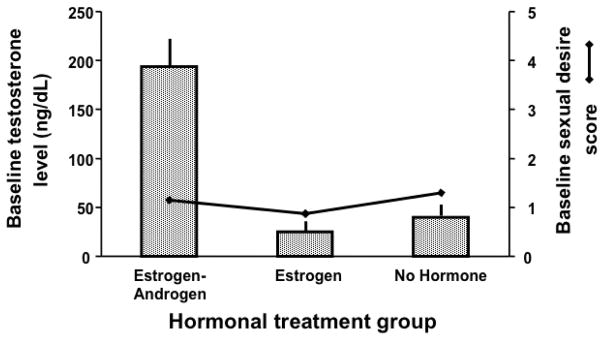Figure 1. Baseline testosterone levels do not predict sexual desire (Sherwin & Gelfand, 1987).
Mean baseline serum testosterone levels (±SEM) and mean baseline sexual desire scores for women in the three hormonal treatment groups after an eight-week washout period, but prior to participants’ resumption of their previous hormone therapies. All three treatment groups showed low levels of sexual desire that did not vary with testosterone levels, as the estrogen-only and no hormone groups had low levels of testosterone, while the estrogen+androgen treatment group had supraphysiological levels of testosterone (>50 ng/dL). Thus a striking difference in testosterone was not reflected in differences in sexual desire, indicating that variation in testosterone does not predict sexual desire. (Figure based on data from Sherwin and Gelfand, 1987.)

